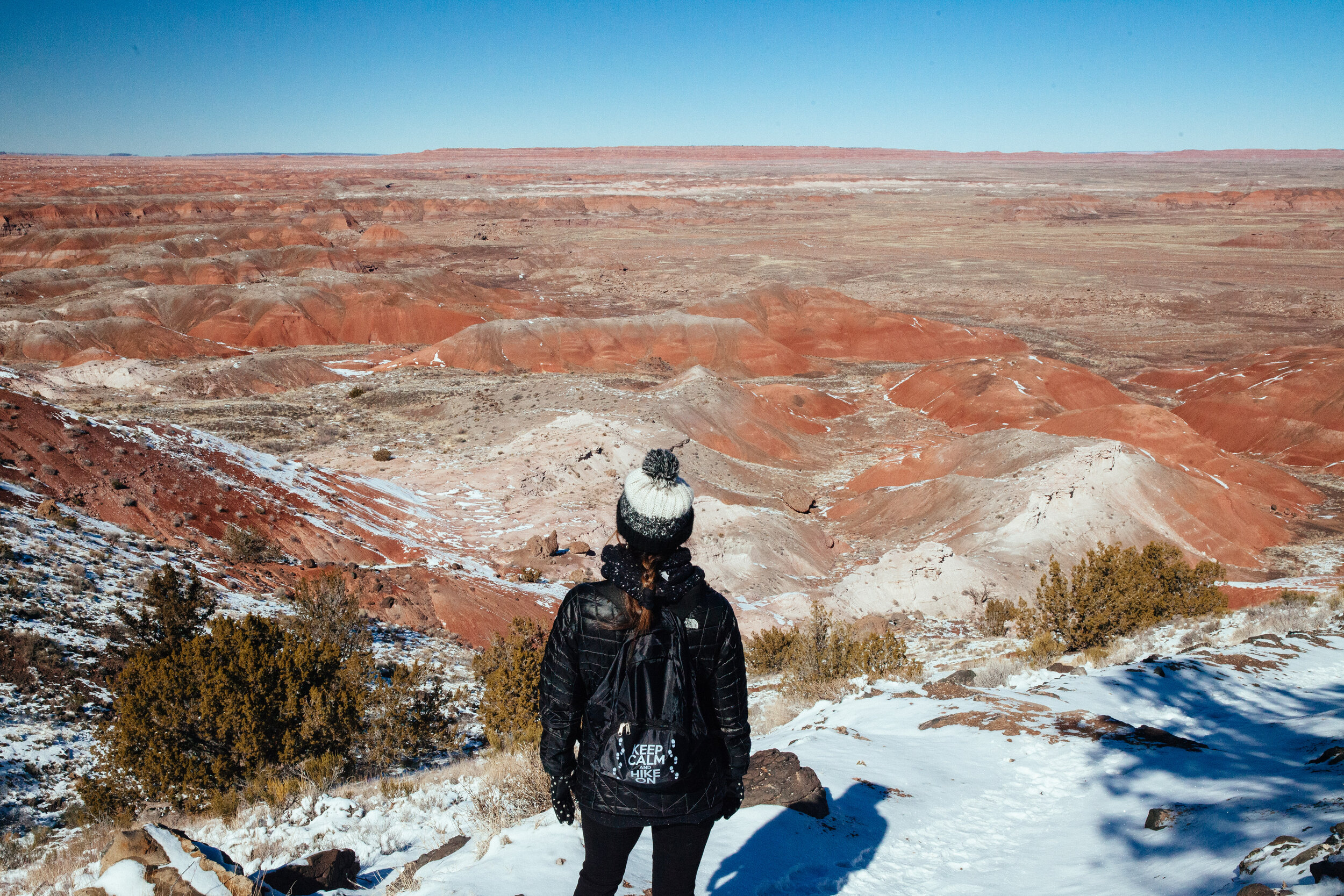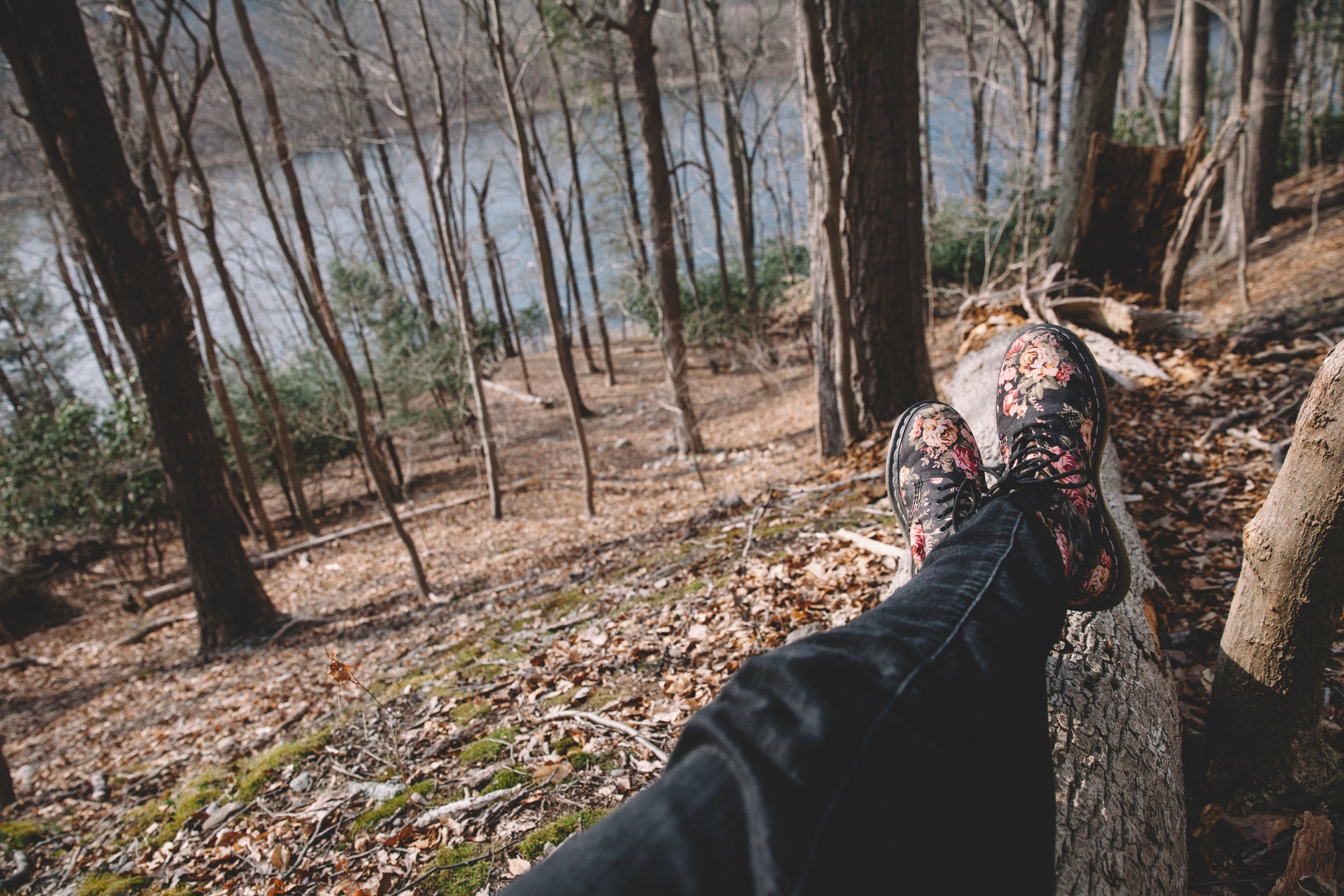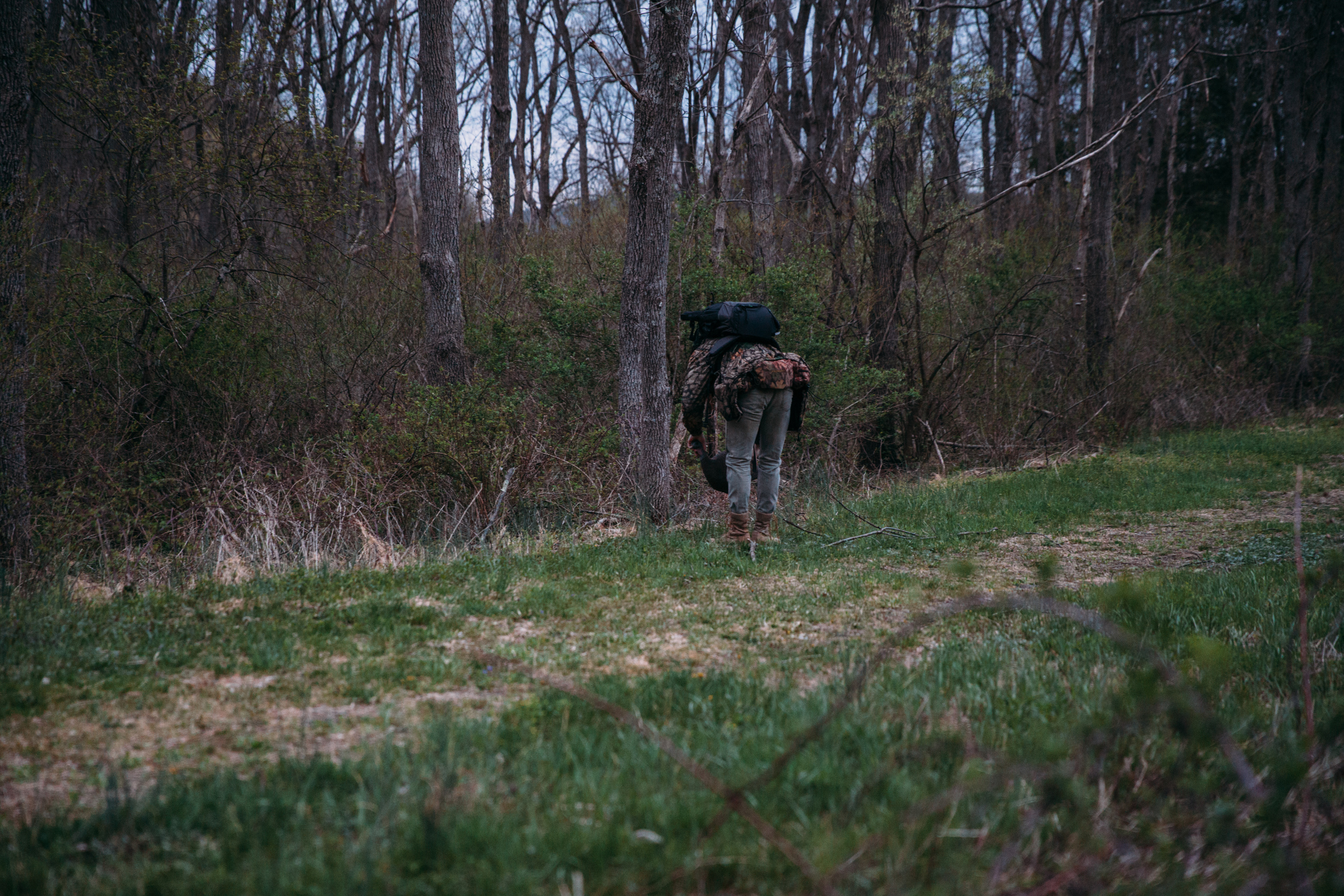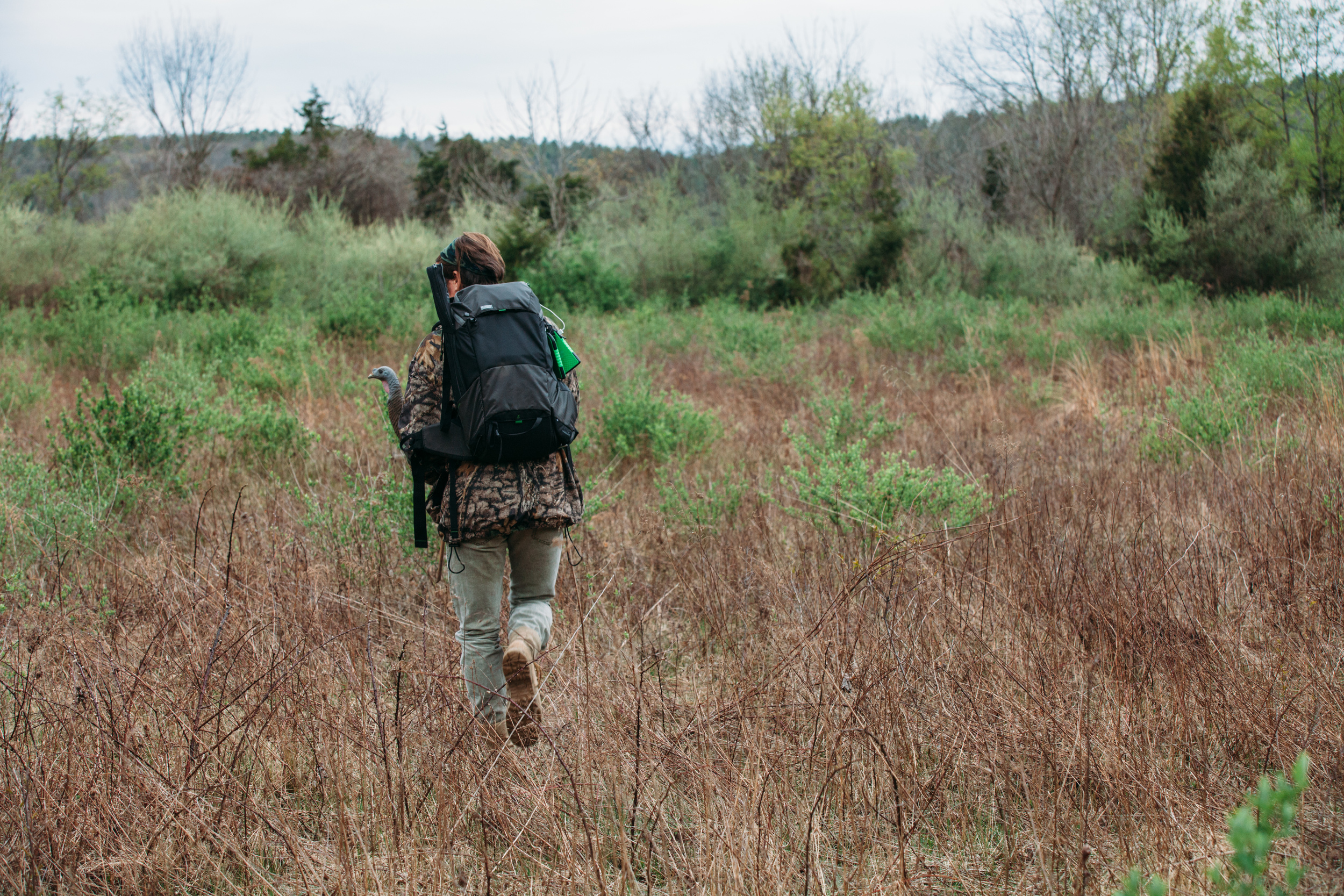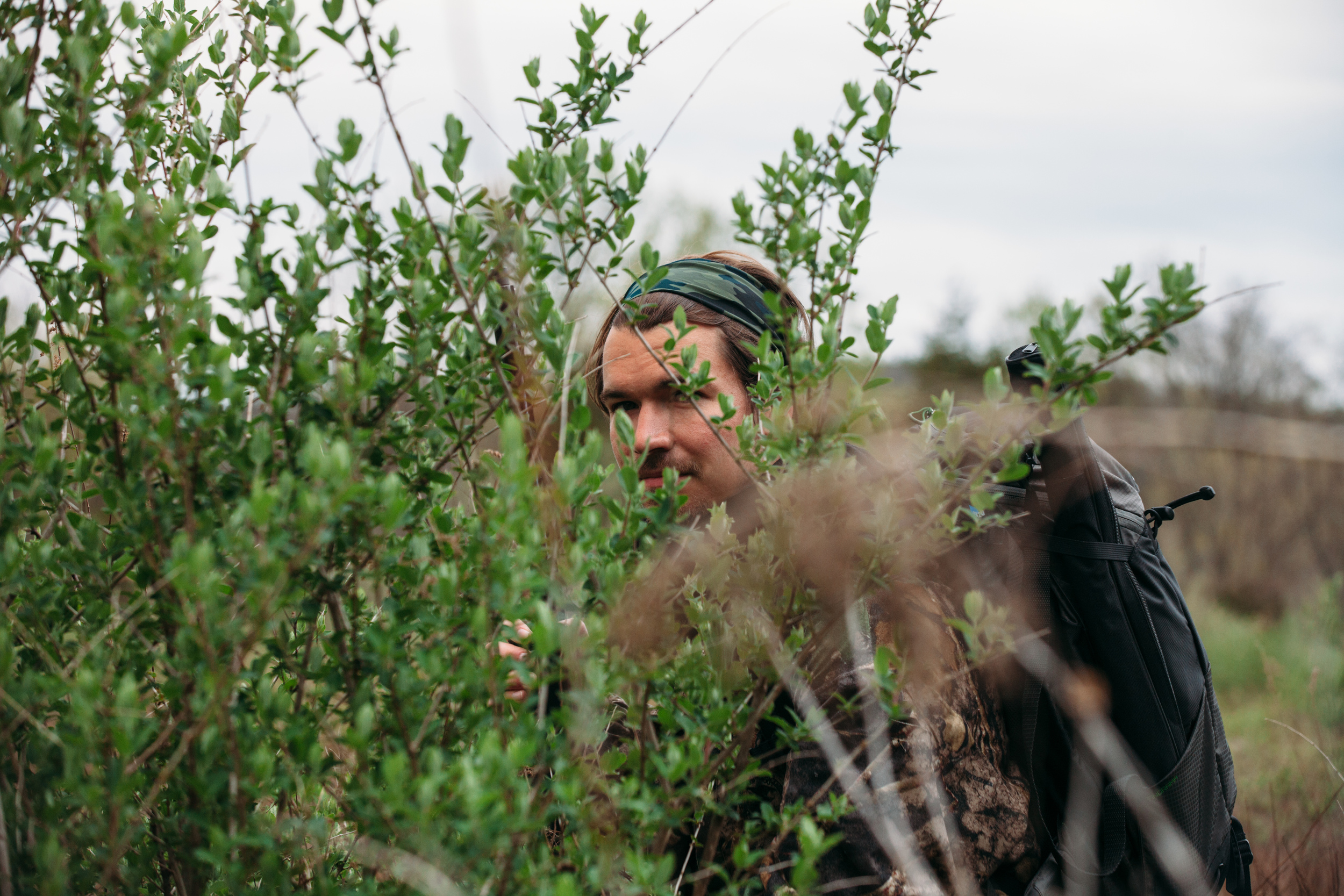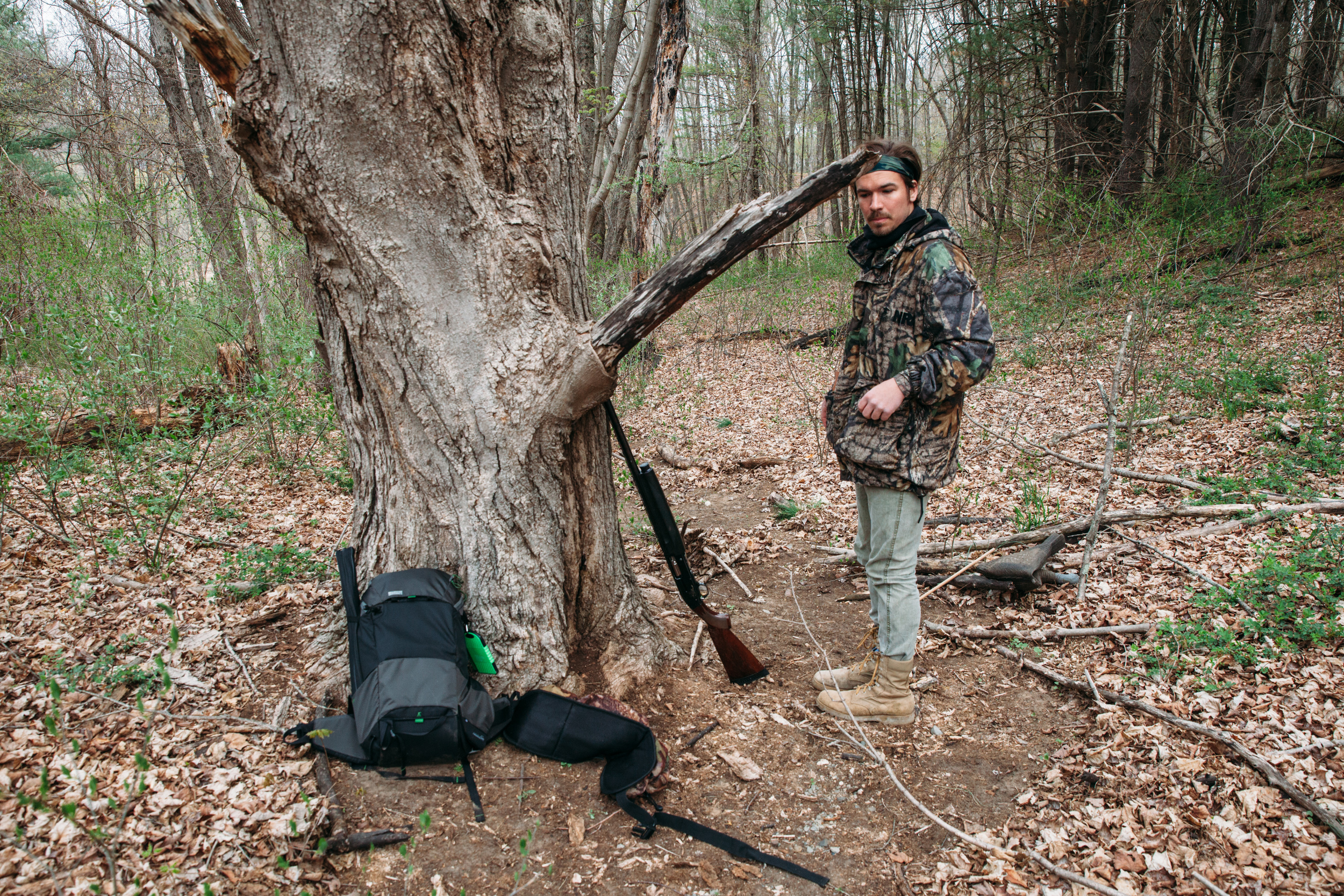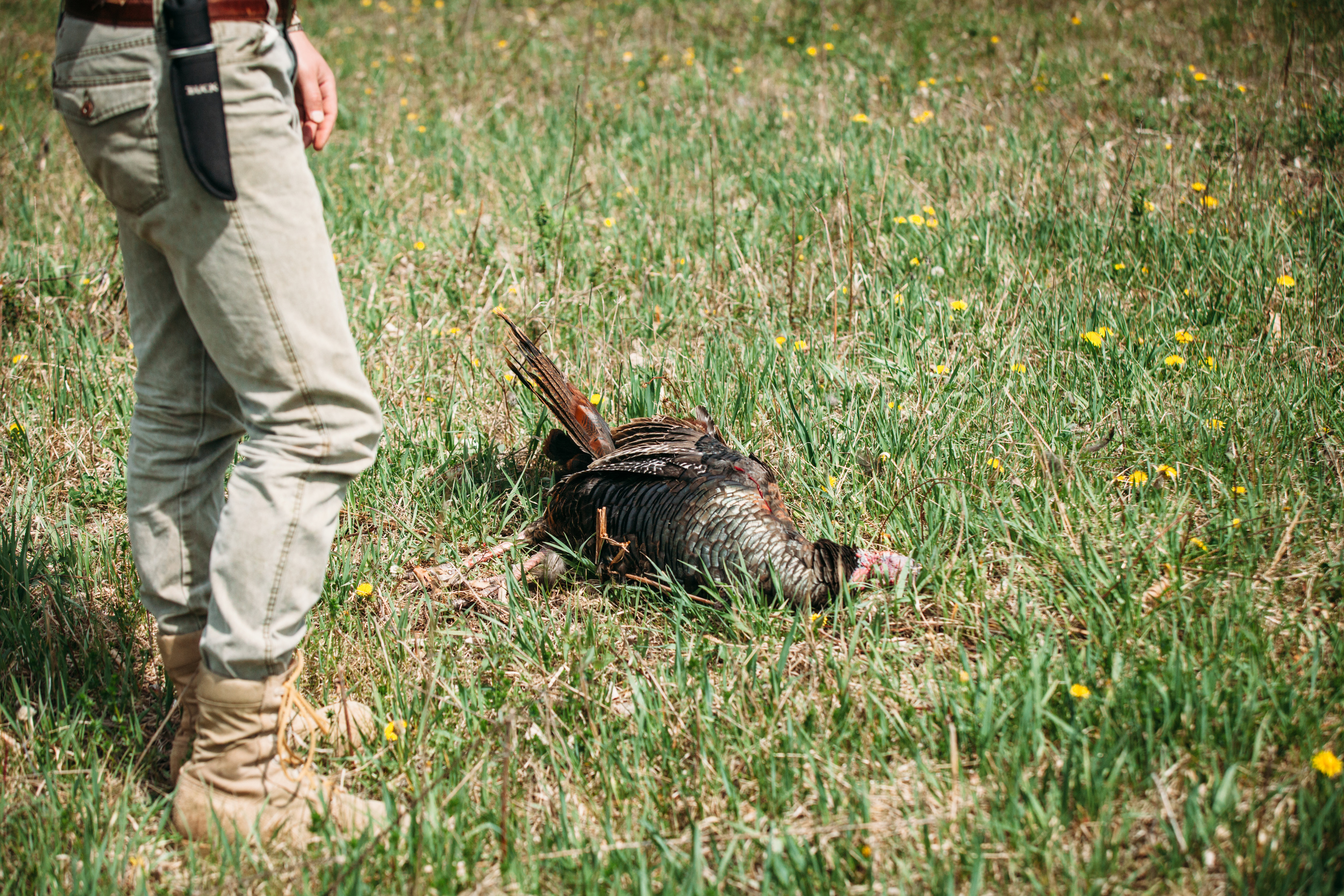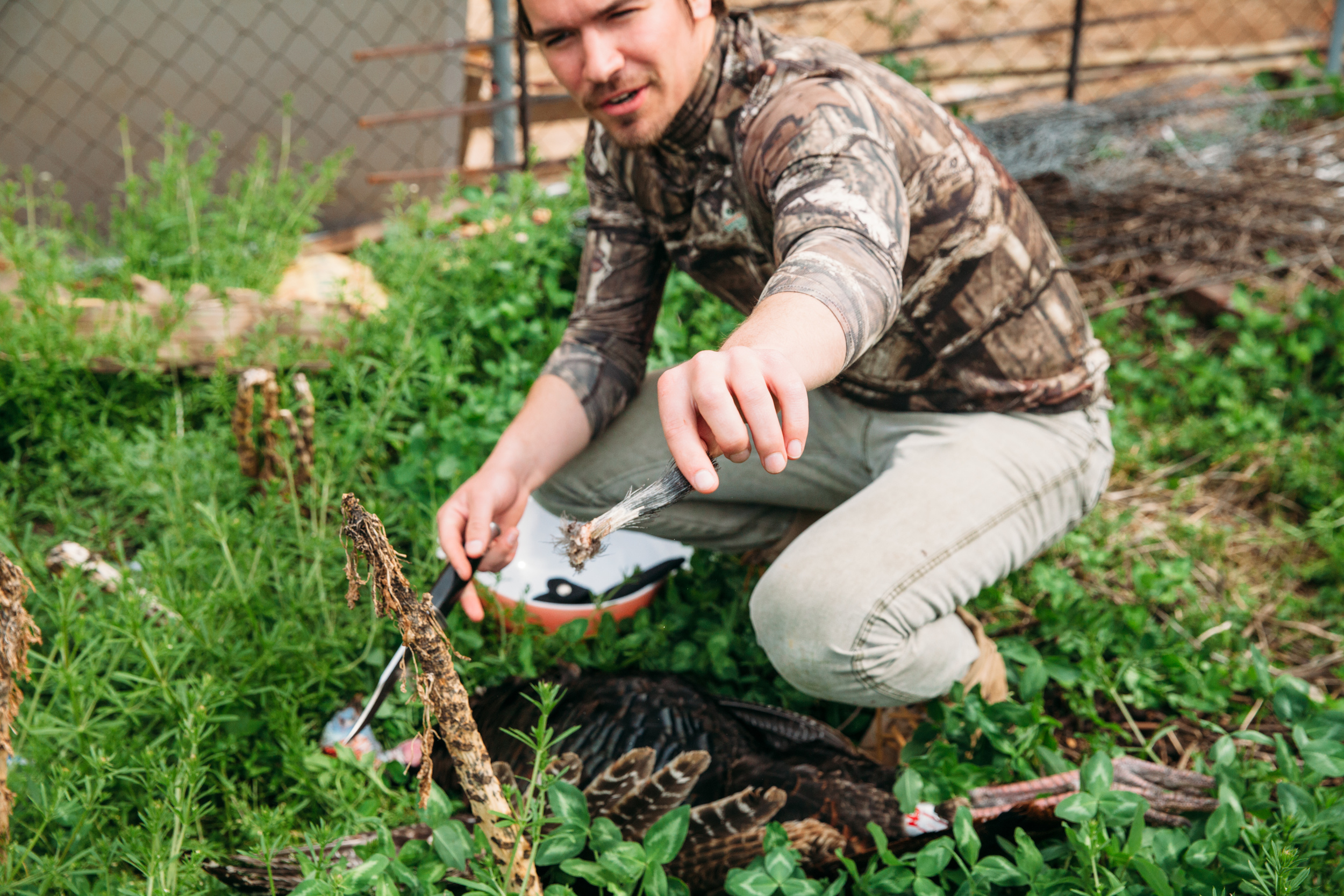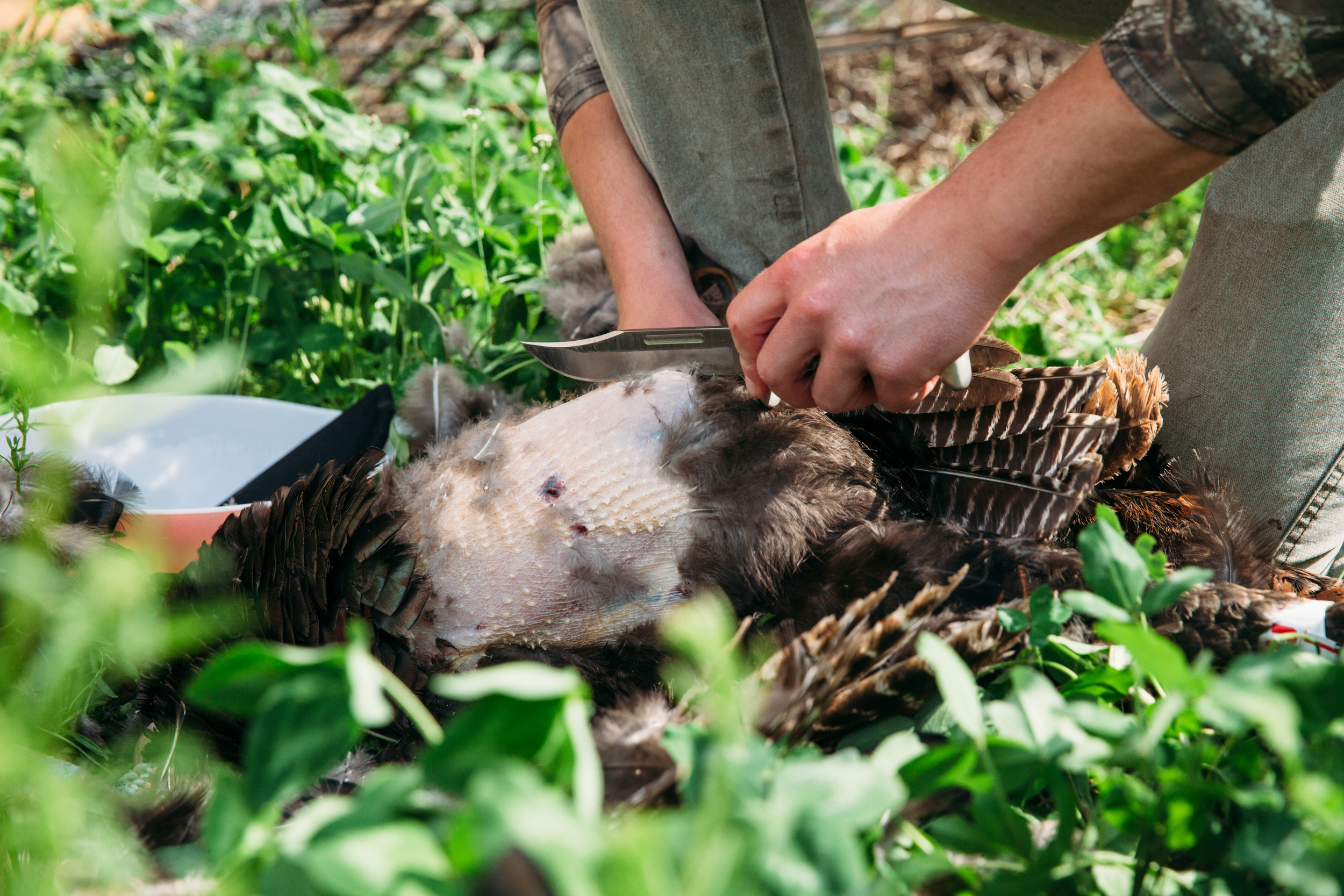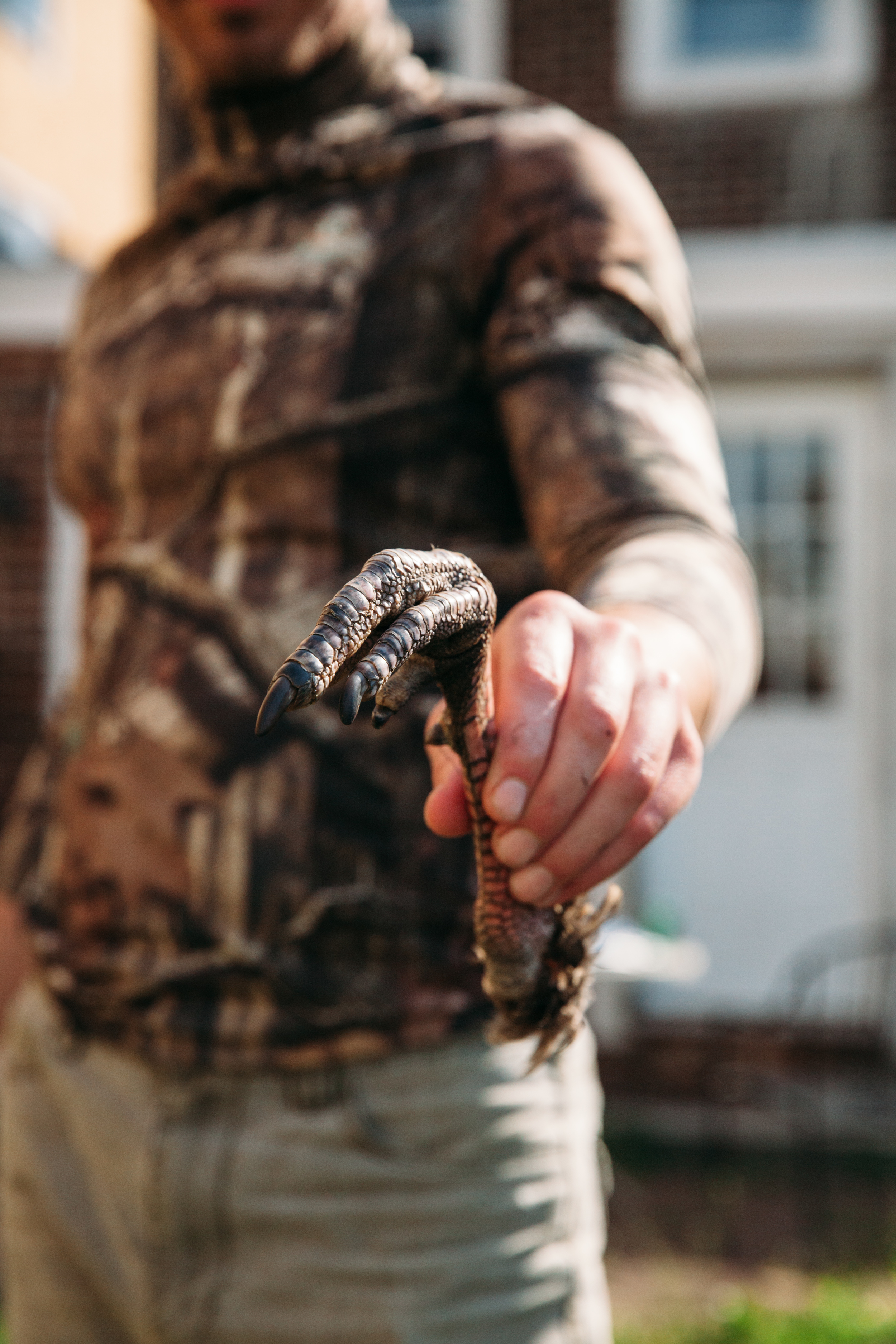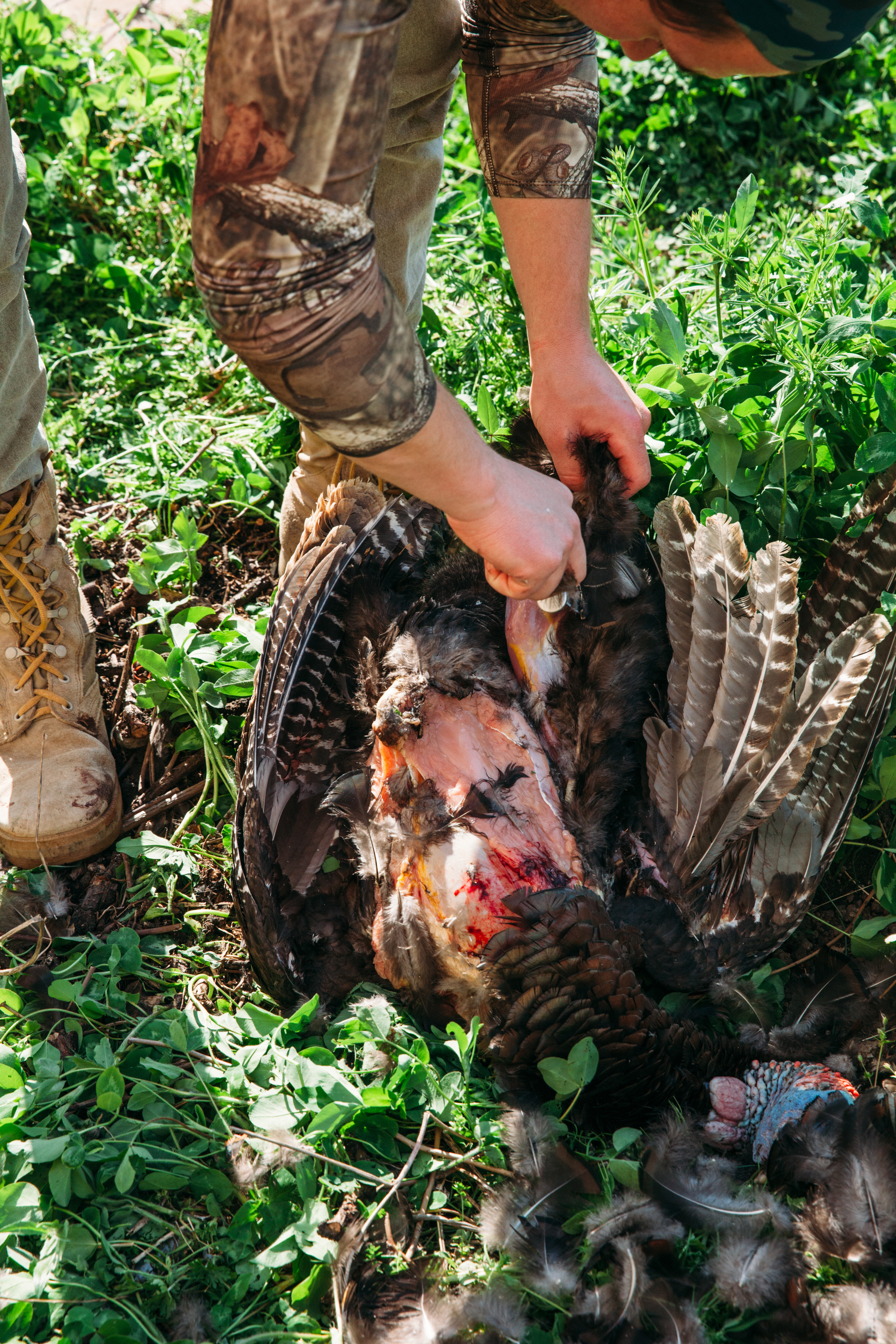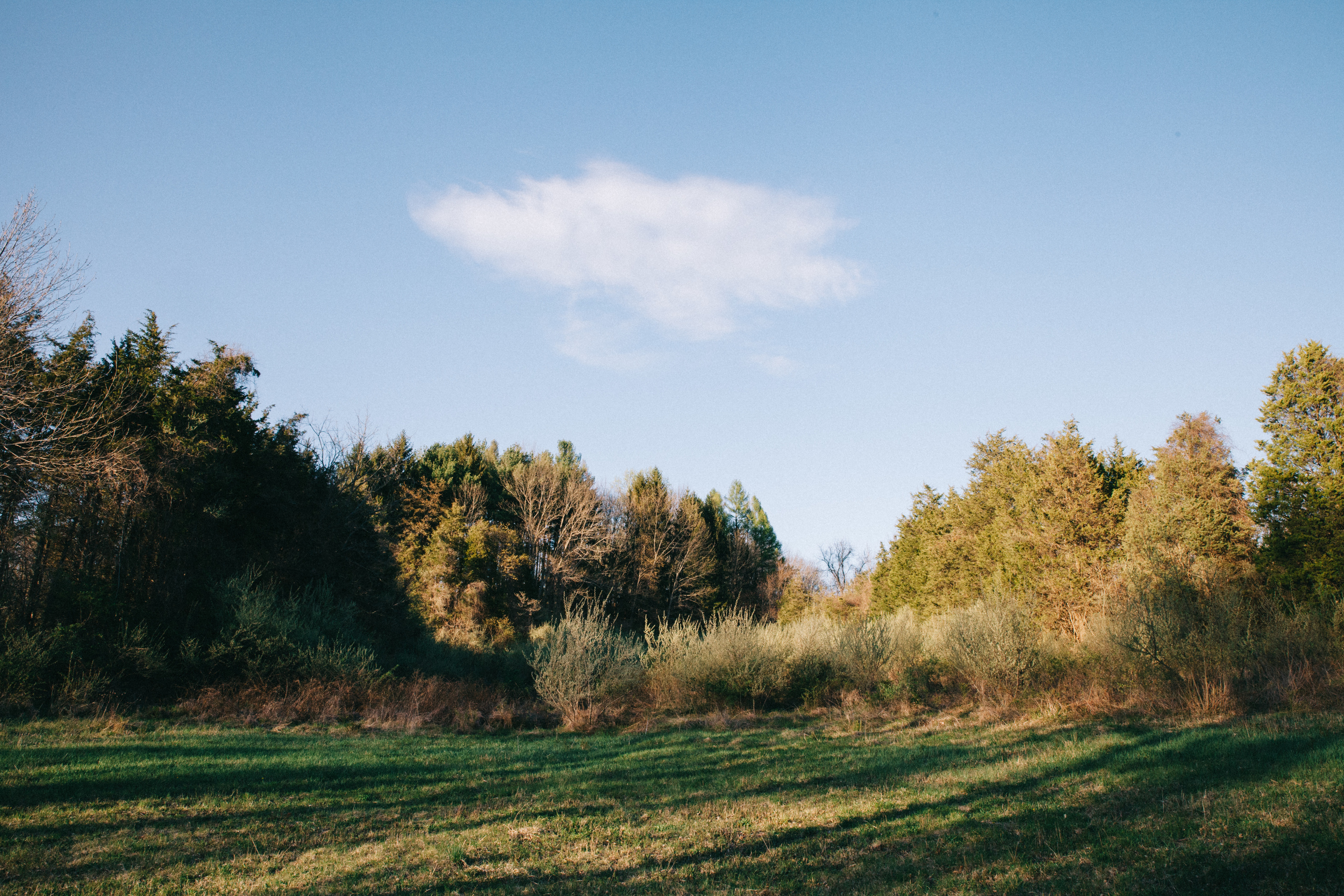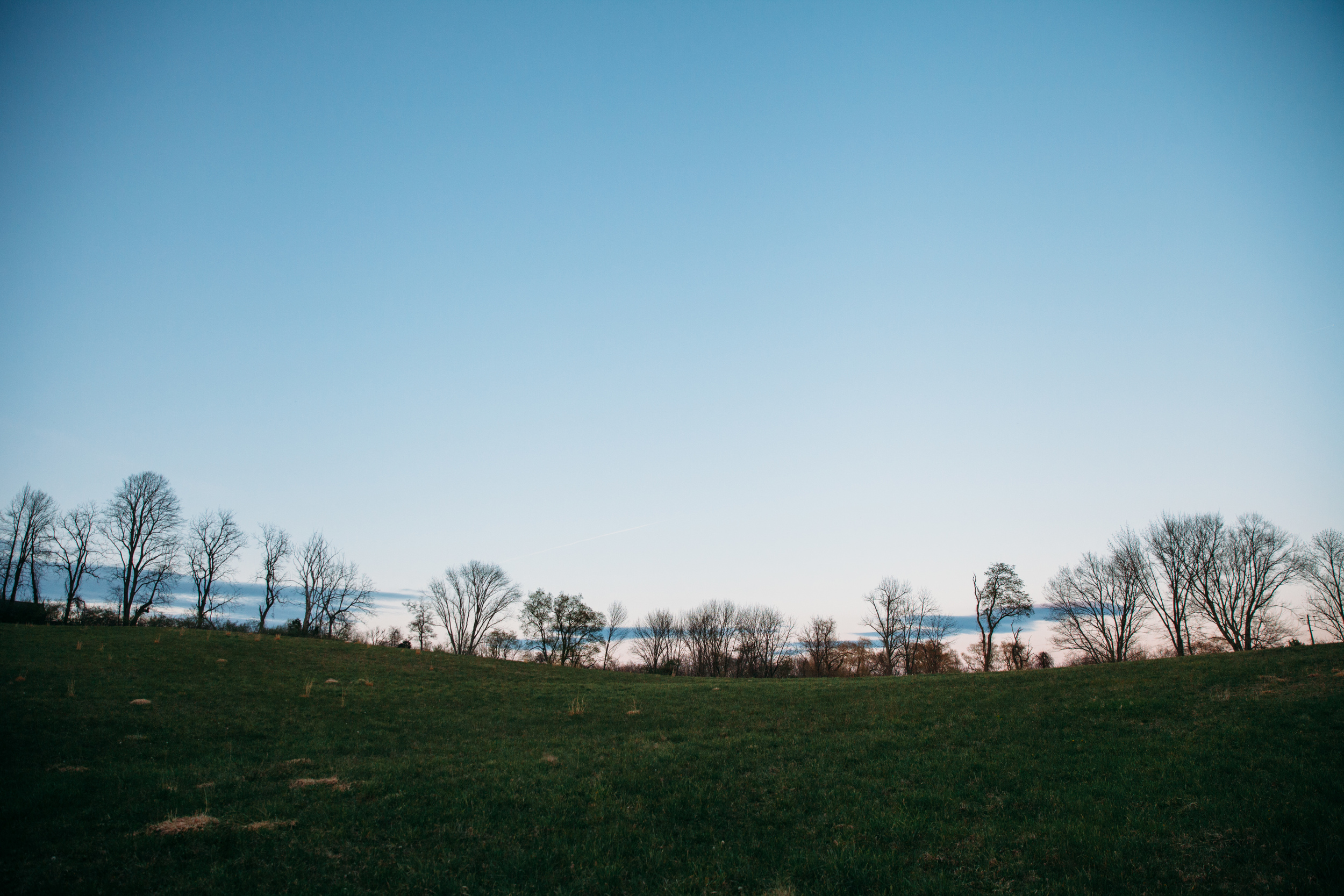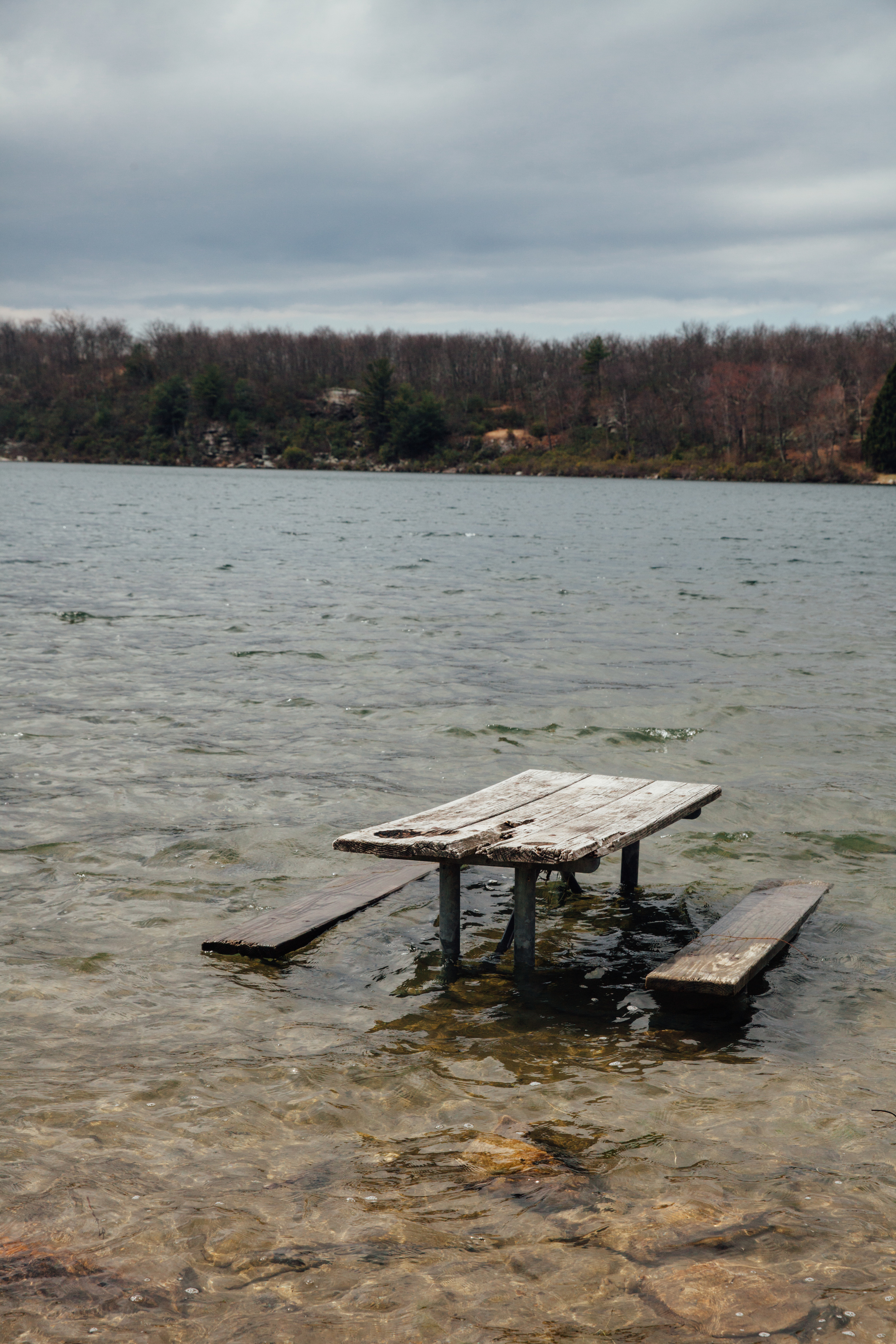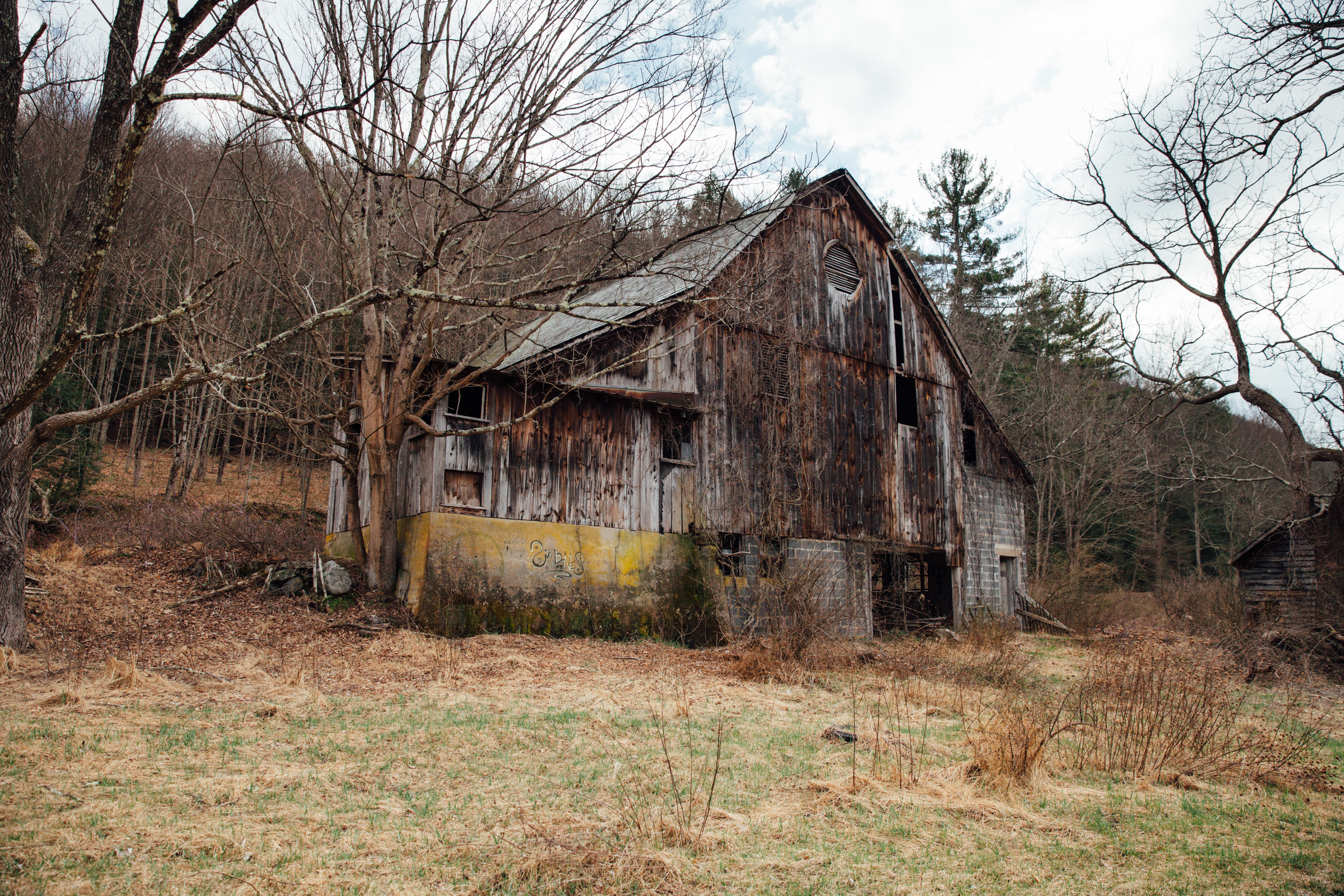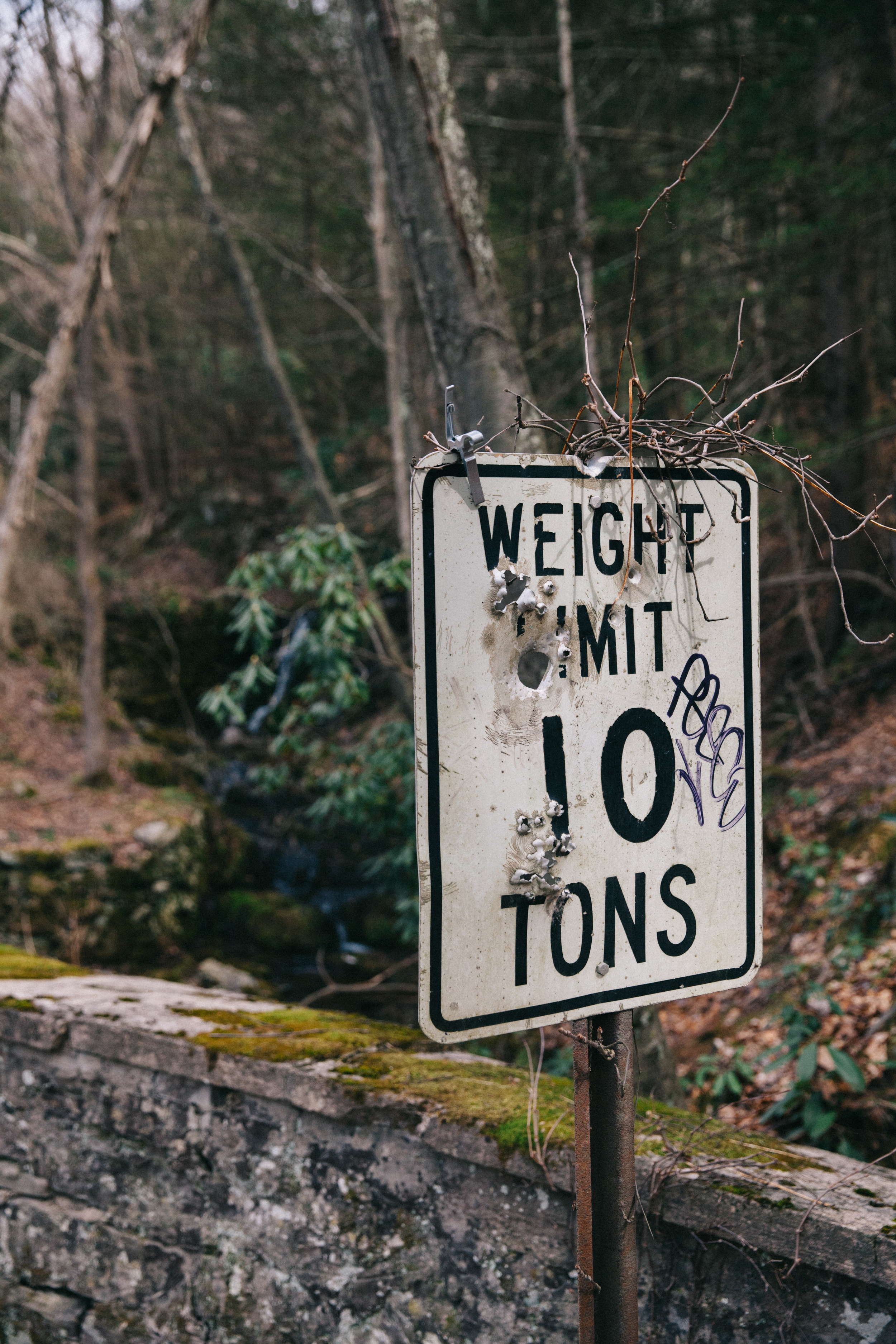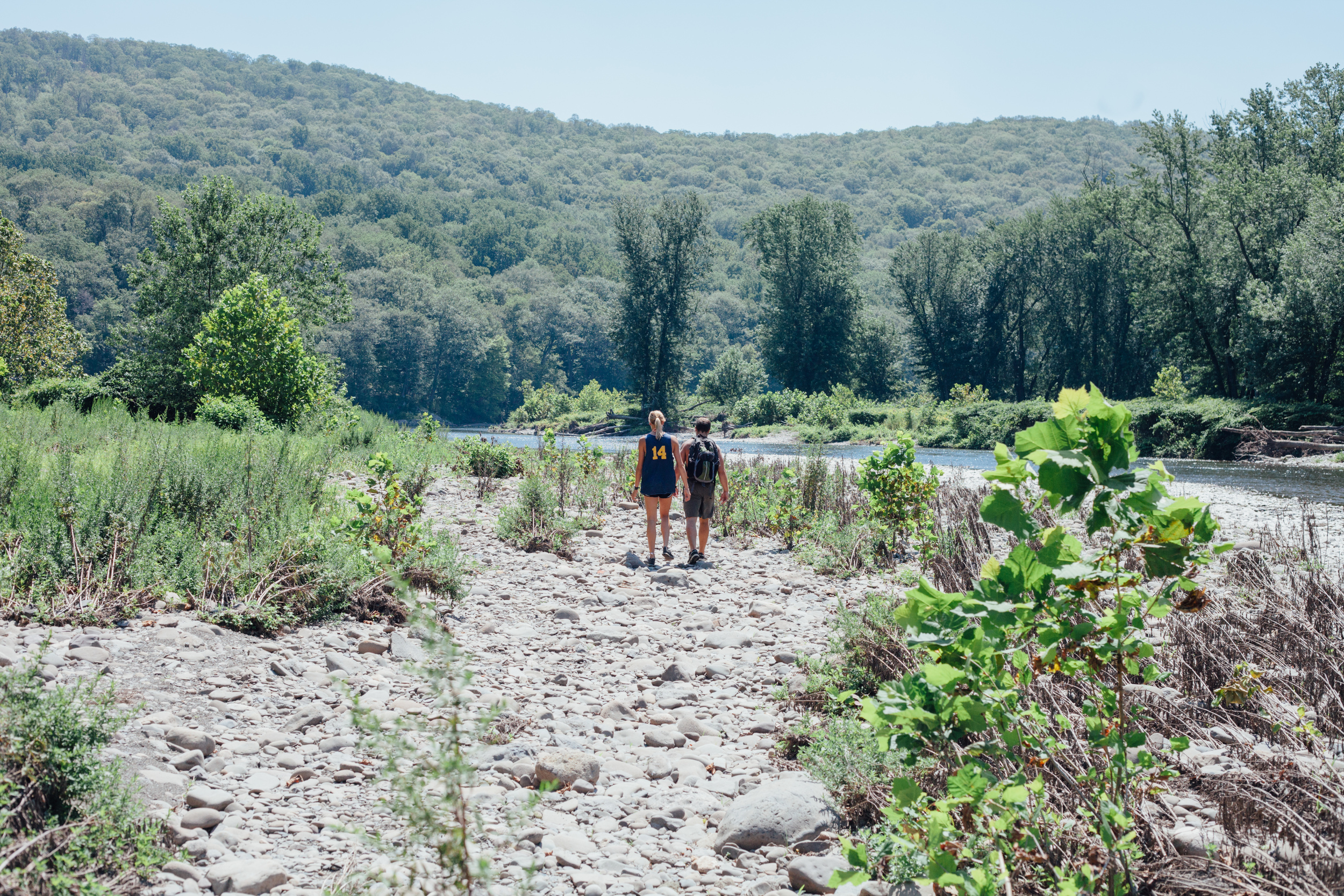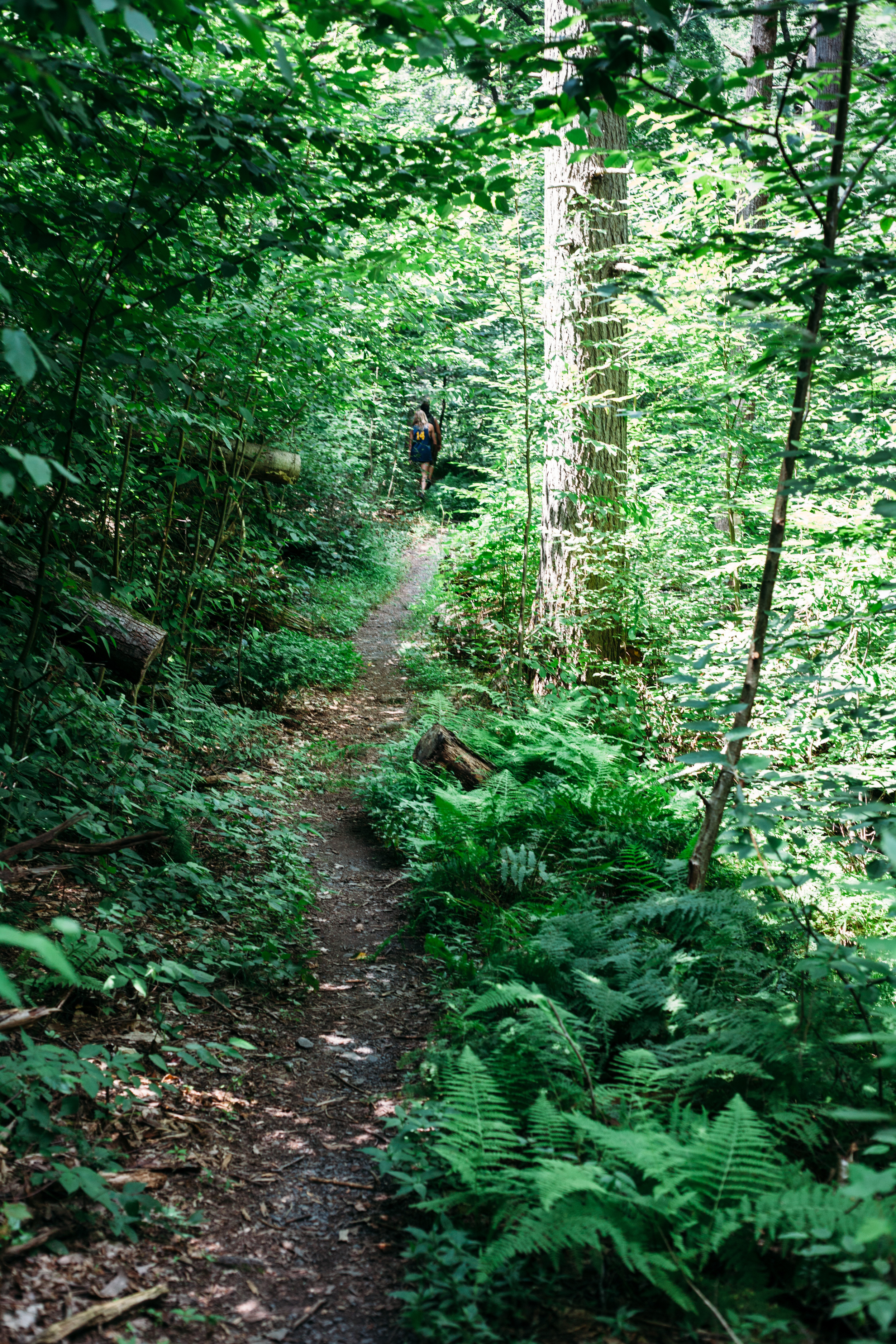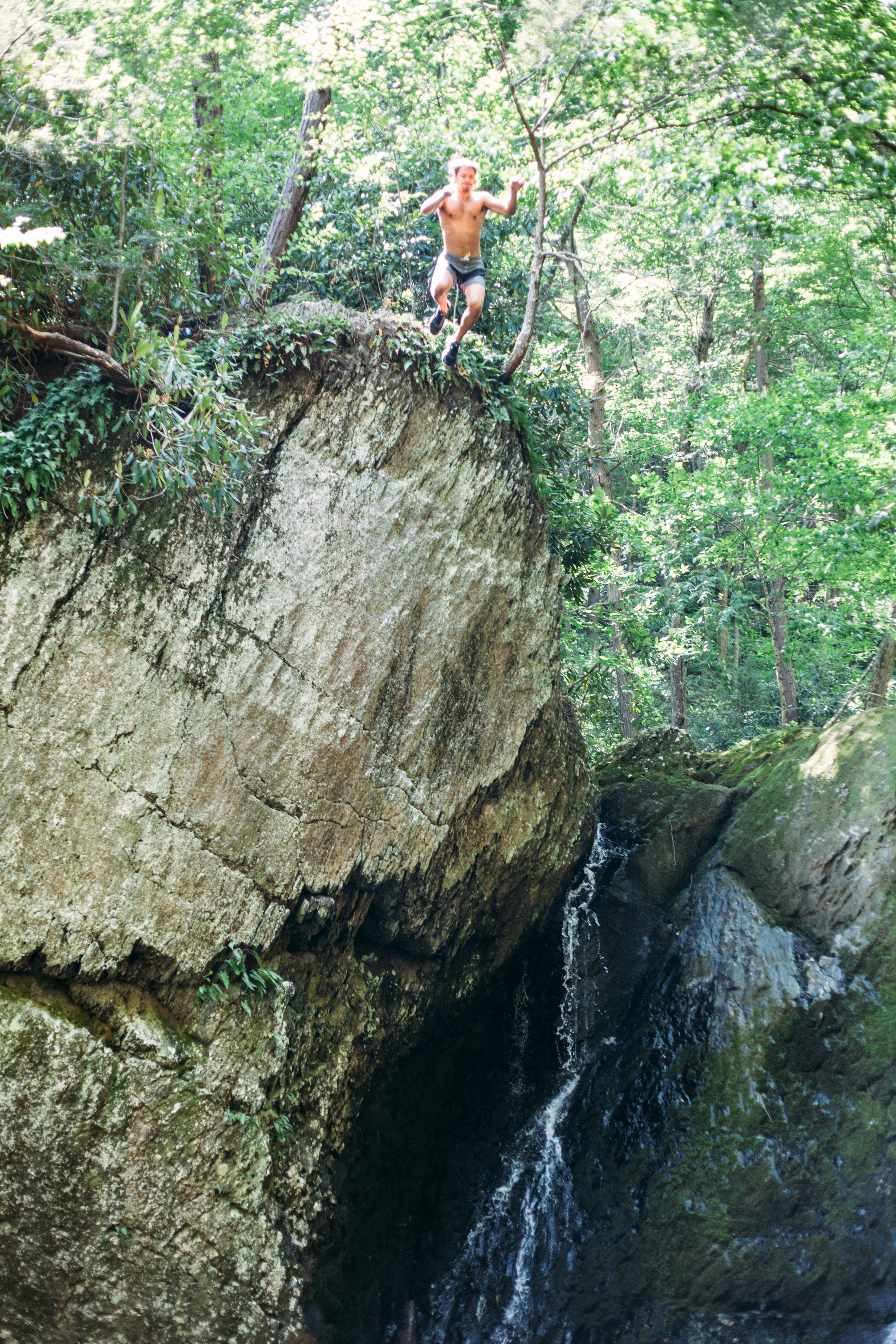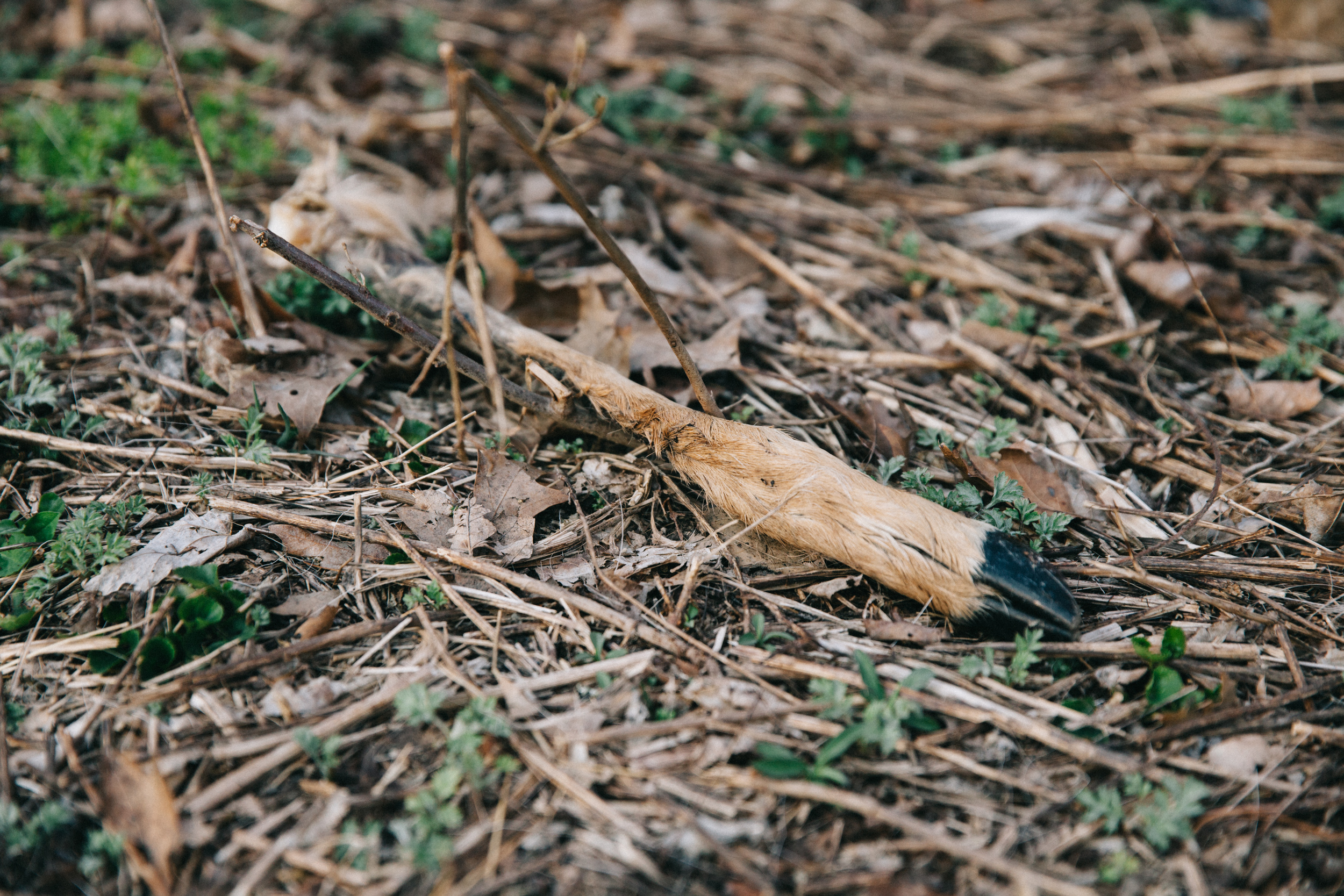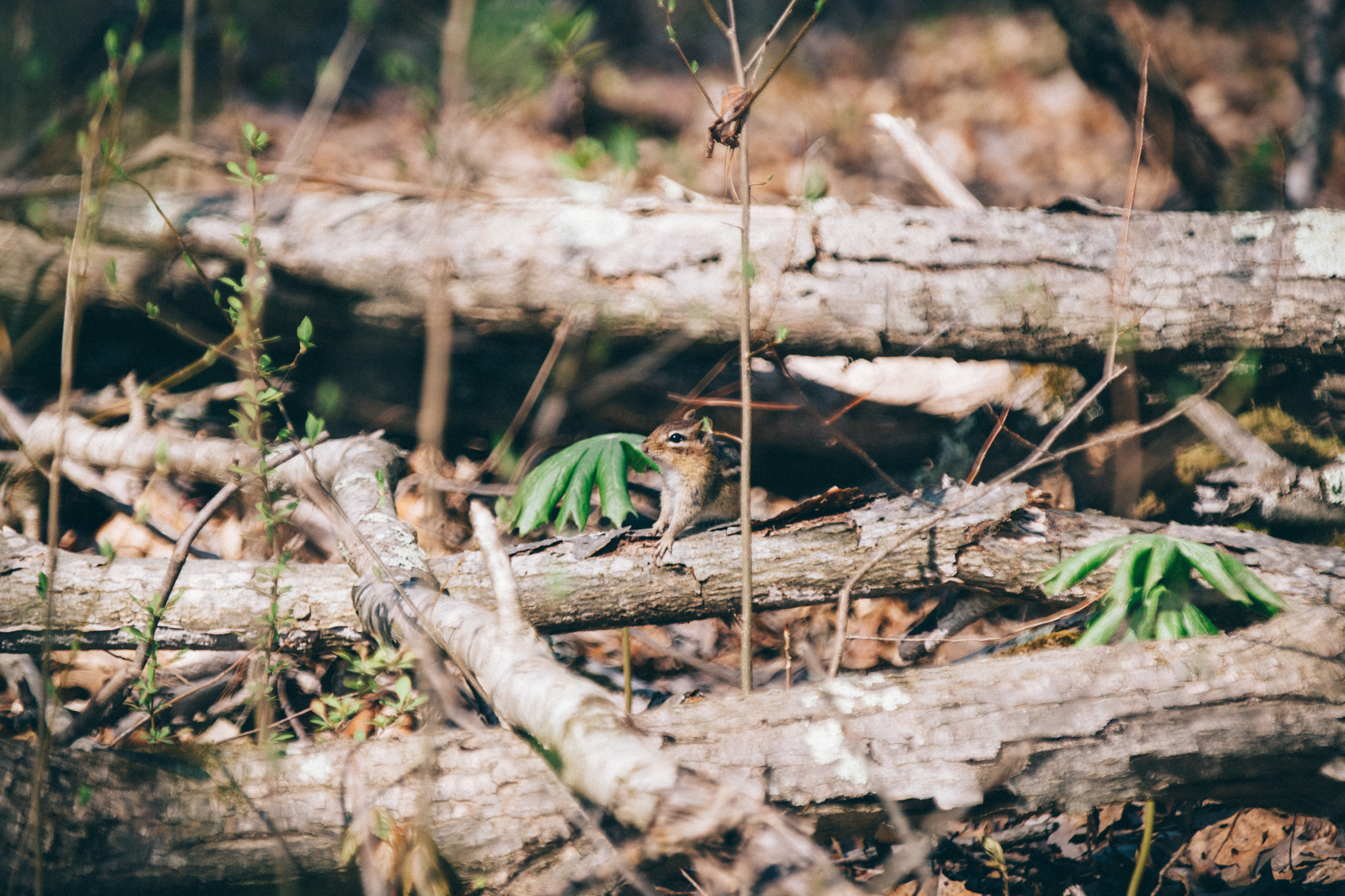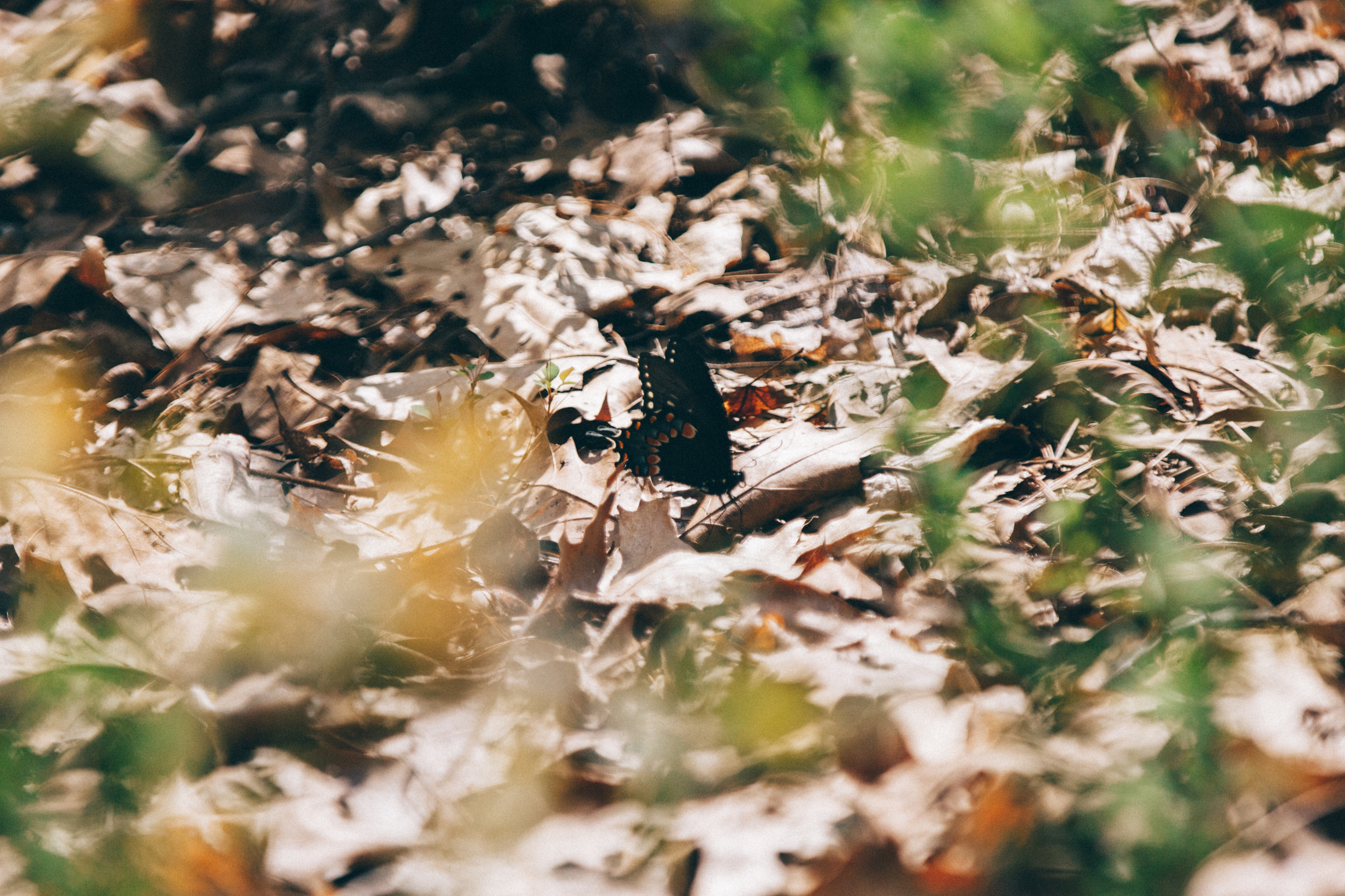For the past several years, my mom has travelled to Arizona for the Gem & Mineral Show in Tucson. It’s long days at the shows but a few times we have made it into road trip where I got to check some national parks off my list. One of those times we drove to the Petrified Forest National Park and Painted Desert.
I loved how the snow dusted the barren landscape. The temperature was a high of 35 that day but the sun was out. It was so peaceful with hardly any other people walking the trails or cars clogging up popular areas.
I remember our bed & breakfast, Brad’s Desert Inn, had themed rooms. We were in the eagle room (go birds) and the owner would make the most enormous breakfast. She told us about her dreams for renovating the rooms and I hope to go back one day to see how they turned out.
This trip had many memorable stops. Arizona is one of my favorite places but I definitely loved our time at this park. Stay tuned for a more detailed blog post on the route we took and stops we made along the way!
This national park has preserved part of Route 66. This old Studebaker sits at the crossroads where the newly built I-40, runs almost parallel with it.
sedimentary layers of Blue Mesa
Agate Bridge
Like a giant chocolate log cake.
This is where I bought a petrified wood specimen to further my collection! :)
